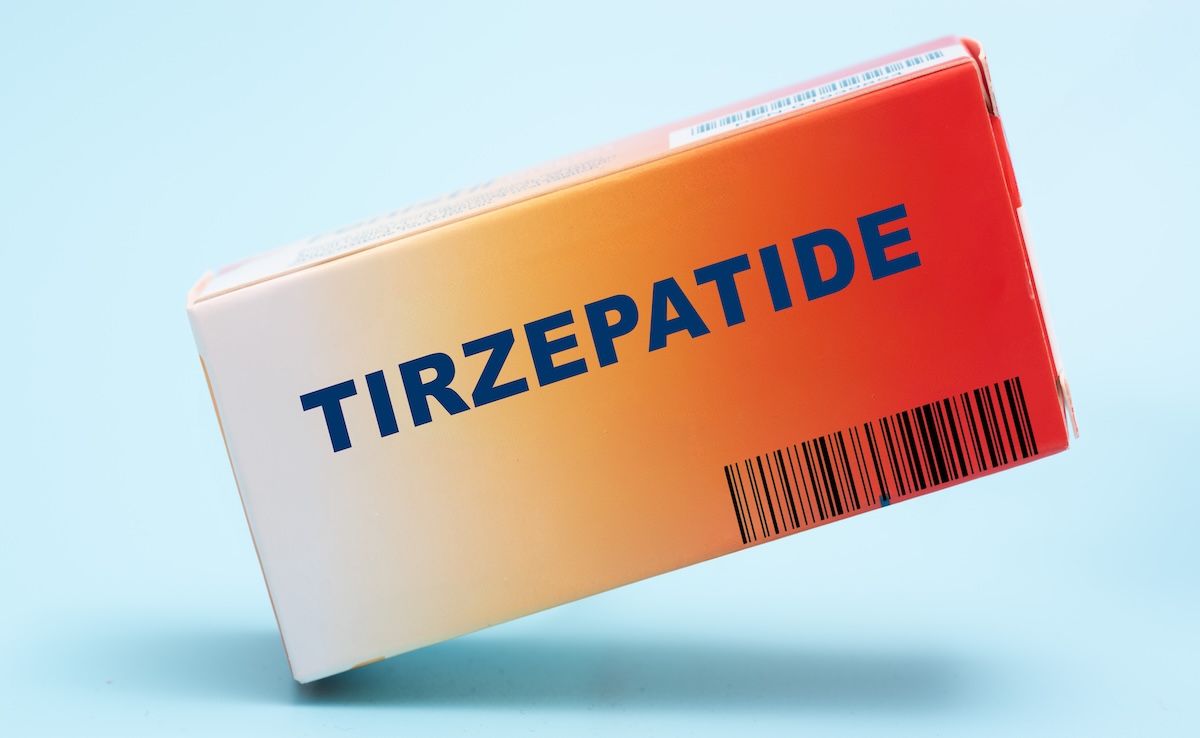Article
Texas Winter Storms Affected Health Care Access, Outcomes for Children With Epilepsy
Author(s):
When a series of winter storms in Austin, Texas, in February 2021, 62% of children with epilepsy were negatively affected, according to a new study.
Nearly 10% of children with epilepsy (CWE) affected by a series of winter storms in Austin, Texas, reported completely running out of antiseizure medications, leading to worse outcomes, including emergency department admissions, according to new research.
Authors of the study published in Epilepsy & Behavior Reports noted that the “infrastructure failure emphasizes the need for adequate disaster preparation for vulnerable populations such as children with epilepsy for the future.”
The analysis examined the impact of the series of winter storms in February 2021 that caused power outages for nearly 10 million people in the United States, Northern Mexico, and Canada, as it surveyed families with CWE being followed at Dell Children’s Medical Center in Austin, Texas.
The storms were reported to have caused the worst energy infrastructure failure in Texas’ state history, leading to shortages of water, food, power, and heat for days with an impact on the majority of the state’s population. A total of 69% of residents statewide experienced power outages, and up to 75% of residents reported difficulties in procuring food.
“Impacts on health and well-being from natural disasters are greater in vulnerable populations such as individuals with chronic illnesses, for example due to supply chain disruptions,” explained researchers. “CWE are particularly vulnerable to running out of medications due to disruptions in the supply chain.”
A total of 286 families with CWE treated at Dell Children’s Medical Center in 2020 and 2021 were contacted, of which 101 responses were included in the analysis (response rate, 35%). Of all respondents, 95% were English speakers, and 5% were Spanish speakers.
Among the study cohort, 7% of CWE were aged 0 to 2 years, 19% were aged 3 to 5 years, 28% were aged 6 to 10 years, and 46% were 11 years or older. For all ages, 24% had daily seizures, 11% had weekly seizures, 13% had monthly seizures, and 52% had less than monthly seizures.
Findings demonstrated that 62% of families were negatively affected by the storm, and of those affected, 73% lost power and 68% were without heating, with the majority losing power and heat for more than 24 hours. Furthermore, 43% of families reported disruption in water supplies, 27% of respondents did not have access to drinking water, and 30% did not have enough food.
During the week of weather disruptions, 25% of CWE had to refill antiseizure medications, and of those needing refills, 68% had difficulties obtaining the medications, leading to 9 patients—or 36% of those needing a refill—running out of medications. Five patients reported an increase in seizure frequency or duration, and 2 went to the emergency department due to increased seizures after running out of medications.
Several issues were reported regarding treatment and care access/accessibility:
- Reasons for inability to refill medications were dangerous road conditions (65%), closed pharmacies (65%) and/or delayed shipments (53%).
- A total of 23% reported difficulties reaching the neurologist’s office when trying to call with questions or to get a refill, and 18% reported not getting calls back.
- Seventy-three percent of families trying to reach the neurology after-hours paging service with questions were unable to get through.
“Possible interventions to lessen the impact of future natural disasters could include automated reminders to families to refill their medications and stock up on supplies prior to forecasted weather changes, as well as working with insurances to provide individual emergency supply containing antiseizure medications, medical supplies, and rescue medications for storage at home to bridge supply chain disruptions,” noted researchers.
“Discussing these events during clinic appointments and offering referrals for counseling, if needed, could help with trauma management and increase preparedness for future events.”
Reference
Robles-Lopez K, Barar H, Clarke DF, Julich K. Impact of the 2021 North American winter storms on children with epilepsy. Epilepsy Behav Rep. 2023;21:100592. doi:10.1016/j.ebr.2023.100592





